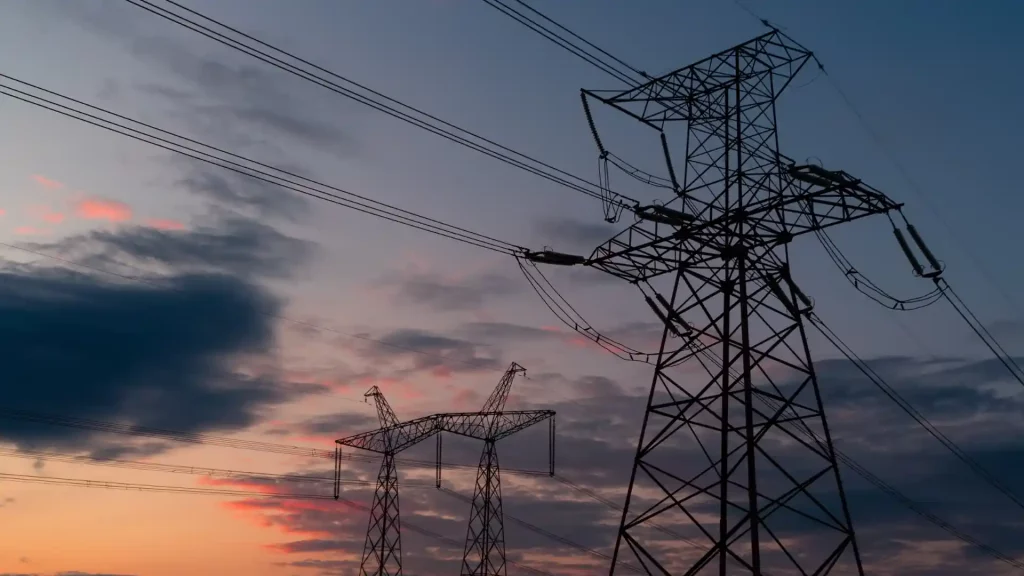ENOWA, the water and electricity subsidiary for NEOM, has announced that it has curated a blueprint for the world’s first renewable, high-voltage smart grid.
Peter Terium, CEO of ENOWA, said on the sidelines of the UN Climate Change Conference that the grid of microgrids will enable them to supply the NEOM region with adequate and 100% renewable electricity that will also reduce the carbon footprint of the under-construction urban area by over 50%.
Terium said that smart grid technology is simple but at a very small scale. It is sufficient enough for running a television, a refrigerator or even a building. But making it capable enough to fulfil the requirements of approximately 9 to 10 million in NEOM will be a daunting task. It becomes more challenging as everything will be fueled by renewable sources of energy.
The grid is rumoured to be partially set up underground. It will be done to minimise visual disturbance and reduce tampering with the natural terrain. The efficient operation of the grid also requires segregation and limiting the size of each corridor.
In order to achieve the 100% renewable electricity mark in the NEOM region, the grid system will have to play a pivotal role. Terium highlighted that people often neglect the role of grids that connect the electricity generated from solar and wind farms to the end consumers.
Storage happens to be another key element of the whole ecosystem. It will ensure the stabilisation, security and backup of renewable electricity. The NEOM project has sanctioned a giant depository of storage solutions for this purpose.
The government is pouring in billions of Saudi riyals to make sure that the initial consumers use electric appliances powered by green electricity, sustainable water and an uninterrupted supply of electricity via its extensive network of grids and storage.
Terium mentioned another milestone technology developed for NEOM, the world’s largest closed-loop pump, hydro storage. This will be made up of the conventional form of water storage but in two parts: a small upper and a lower lake. This will have multiple advantages. Firstly, this will decrease the loss of water through evaporation. Secondly, the upper lake will attract flora and fauna. This way, they would have created the largest water storage solution in the world with added benefits.
According to Terium, solar and wind technologies are a time-tested and affordable solution and will be primarily plugged into the connectivity framework of the futuristic city. He mentioned that the NEOM region has an advantage in terms of solar irradiation and wind profiling. Solar during the daytime and windy during the evening will make a great mix of the two most affordable and easily available resources for energy in abundance.
Previously, the electricity grid had the capacity of a half to 1 gigawatt. Recently, they have increased the capacity to 3 GW and have plans to increase it further to 5-6 GW.
The company has already established the first set of tenders for solar and wind power plants. A large-scale green hydrogen plant is under construction and will add 5-6 GW of power generation capacity by its completion in 2026.
ENOWA is working with the Kingdom’s Ministry of Energy and is in partnership with entities like the King Abdullah University of Science and Technology for energy-related projects. With KAUST, ENOWA will be working on the installation of the first carbon capture facility into a gas-fired plant in the country.
The CEO said that the Kingdom is actively working on renewable energy and a hydrogen strategy, and they can capitalise on ENOWA’s experience from their primary stages. They can cater to minute details of the projects to develop them at a larger scale. The primary concern of the CEO is that hydrogen should reach its end customers in other affordable formats rather than supplying them in the form of ammonia.
